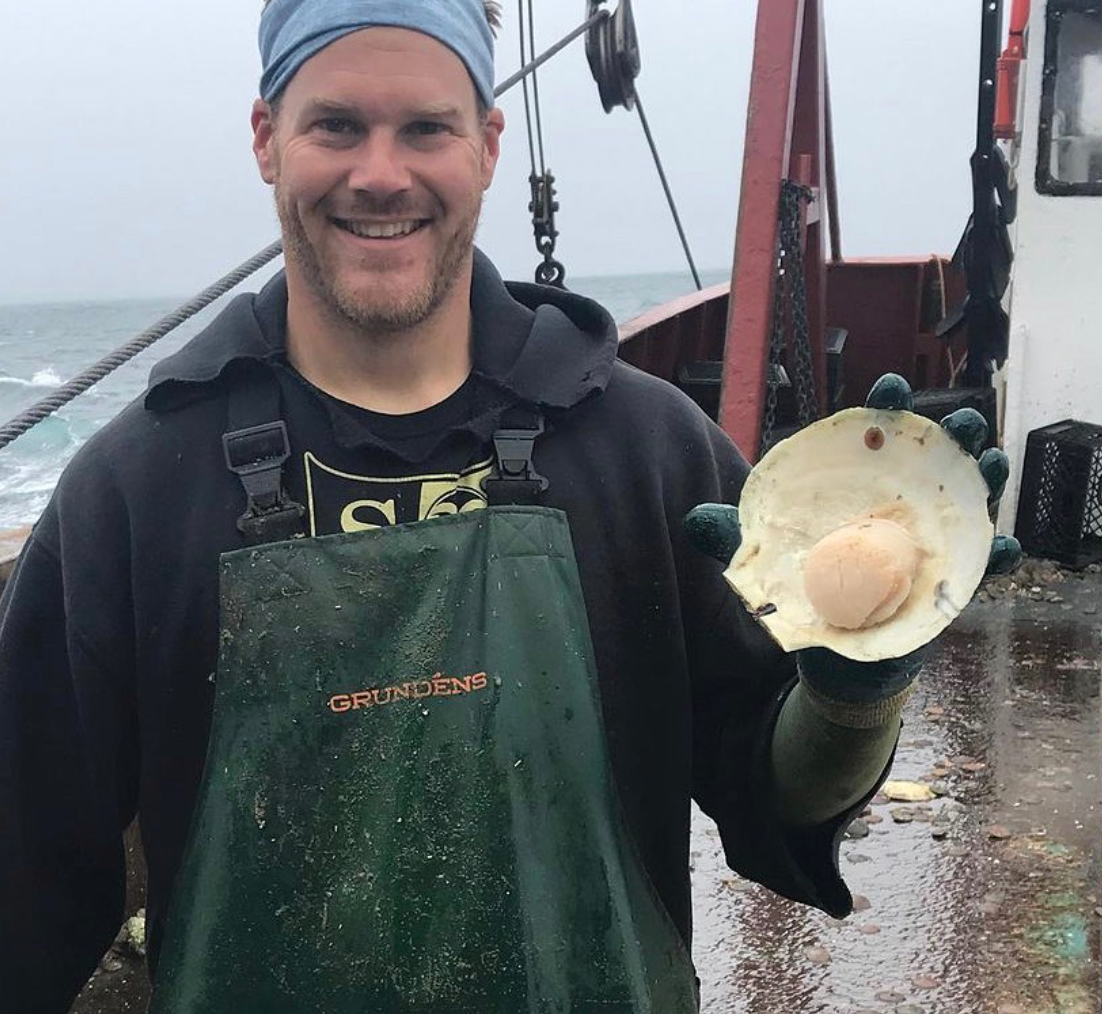
Scallops
About scallops
Found in saltwater environments ranging from the intertidal zone (during exceptionally low spring tides) to the deep sea, scallops are bivalved mollusks that can be found around the world. Unlike their relative the oyster, scallops are free-swimming mollusks that live inside a hinged shell. What most people recognize as a "scallop" is actually the creature's adductor muscle, which it uses to open and close its shell in order to propel itself through the water. In fact, the rest of the scallop, such as the roe and milt surrounding the adductor, are also edible depending on the quality of local waters. Outside the U.S., the scallop is often sold whole.
Storage and Cleaning
- Store your scallops in a cold (40° F or lower) refrigerator. Do not store them in water. You can keep them in the fridge for a few days, but the sooner you cook them, the fresher and better they’ll taste! You can keep cooked scallops in the fridge for 3-4 days.
- Scallops freeze very well, so if you’re not cooking them within three days, putting them in the freezer will extend their shelf life. To freeze, pat your scallops dry, wrap them in plastic, remove as much air as possible, and place them in the coldest part of your freezer for up to three months. To thaw your frozen scallops, place them in your refrigerator for a day.
Cooking
- Rinse your scallops to clean them, then pat your scallops dry for best results in searing and stir frying!
- If searing your scallops, make sure your pan is very hot to get nice browning.
- Check out our recipes page for inspiration!
More on scallops
Most scallops prefer beds of seagrass amid shallow sandy bottoms, although some attach themselves to rocks or other substrates. In the United States, several kinds of scallops are sold as food, but two are prevalent. Atlantic sea scallops, the larger kind, are harvested wild from the Canadian border to the mid-Atlantic and are found in shallow open waters. Smaller bay scallops are found in estuaries and bays from New Jersey to Florida.
There are large scallop populations in the Sea of Japan, off the Pacific coast from Peru to Chile, and near Ireland and New Zealand. The majority of farmed scallops are from China.
Scallop shells are easily recognized and have been a symbol since ancient times. The fan-shaped shells have deep ridges, and two angular protrusions called auricles, one on either side of the shell's hinge. Scallop shells range in color - from drab and gray to vivid and multihued. Unlike the mussel and the oyster, the scallop cannot close and seal its shell completely and so can only survive in the deeper, full salinity sea water. Scallops have eyes embedded at the base of the sensory tentacles that run along the outer edges of their upper and lower shells. These enable them to perceive and respond to shadow and movement.
Sea scallops can swim by quickly opening and closing their shells, allowing them to escape from predators. They also open their shells to filter plankton out of the seawater for food—the tiny organisms get caught in the scallop’s mucus, then tiny hairs called cilia move the food towards the mouth.
Any other fun facts?
- Each ring on a scallop’s shell represents a year of growth, although a ring might also record a stressful incident in the scallop’s life.
- There are over 300 living species of scallop.
- Sea scallop shells are smooth and lack the prominent ribbing that is characteristic of most other scallop shells. It is thought that the sea scallop’s smooth shell is an adaptation to allow it to propel itself faster and farther.
Photo: @vikingvillagelbi, @kevinwestburg, Viking Village fisherman holds up a scallop still in its shell
Last updated: 1/3/2023